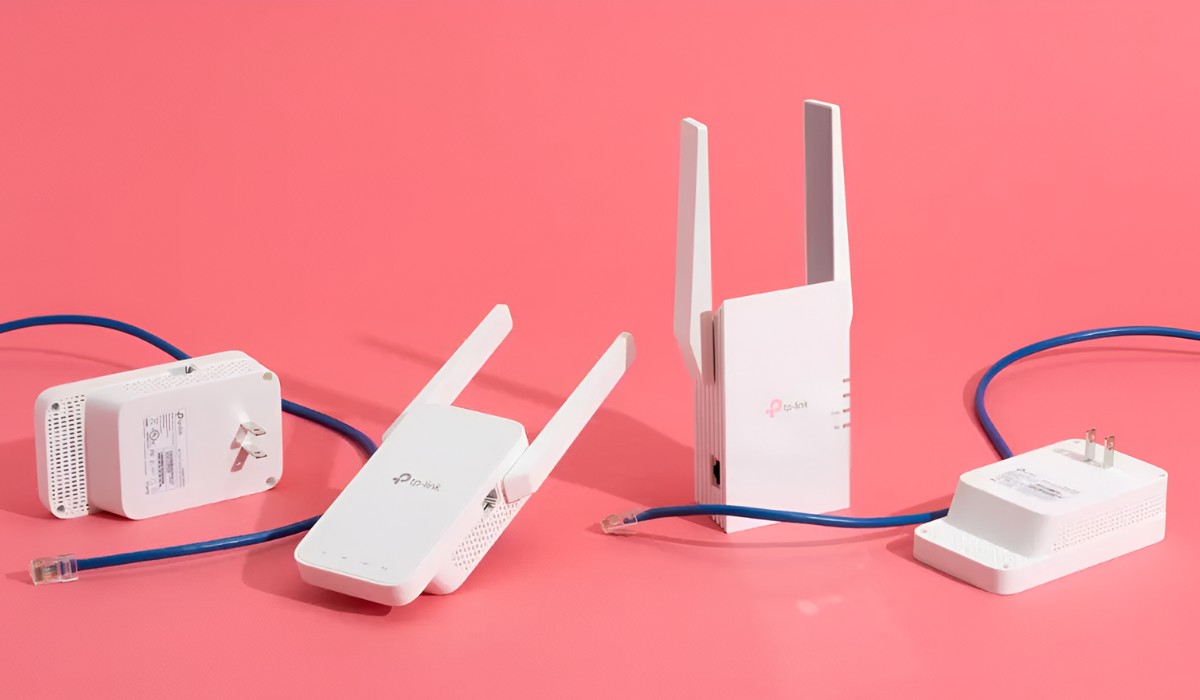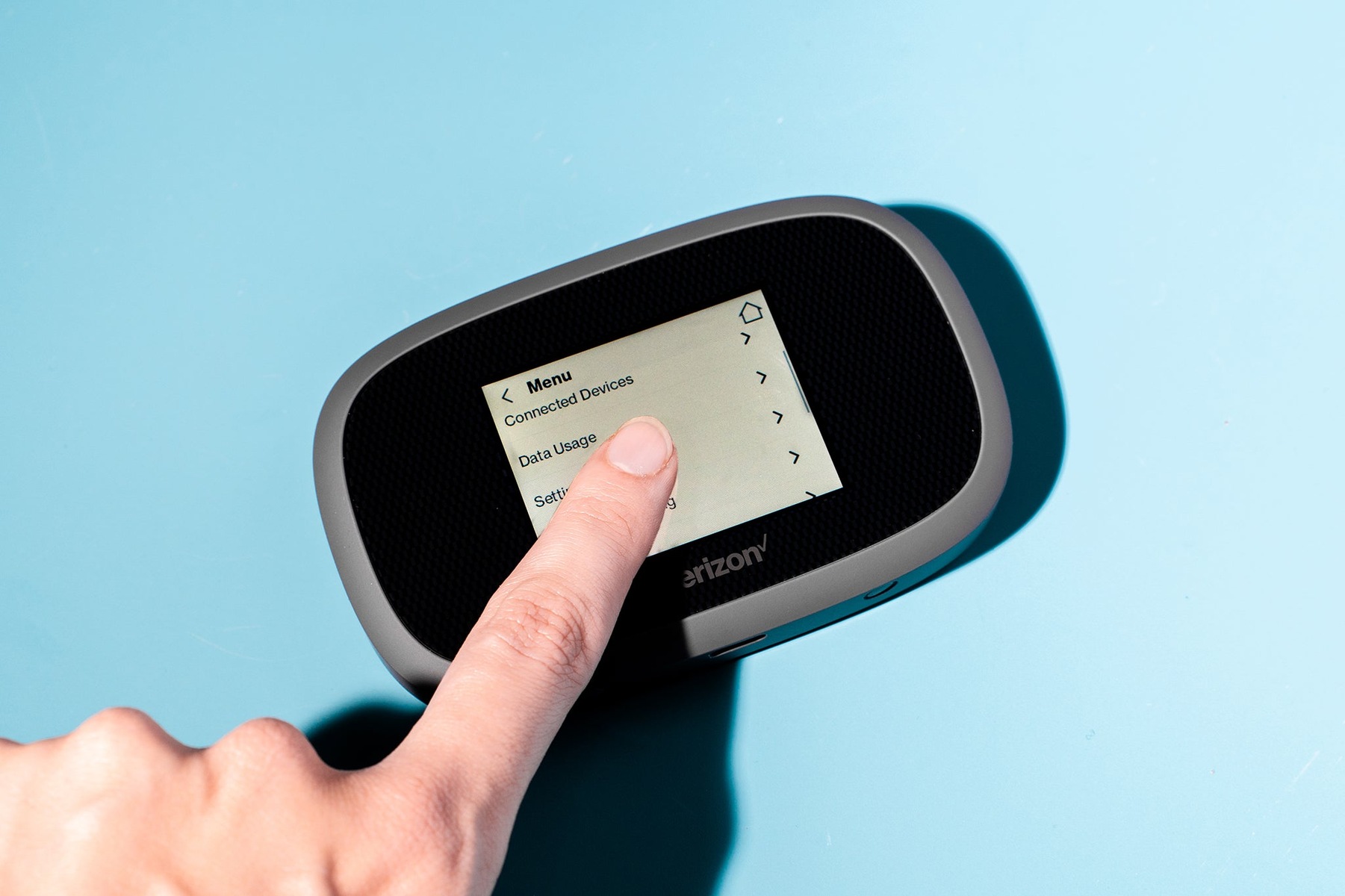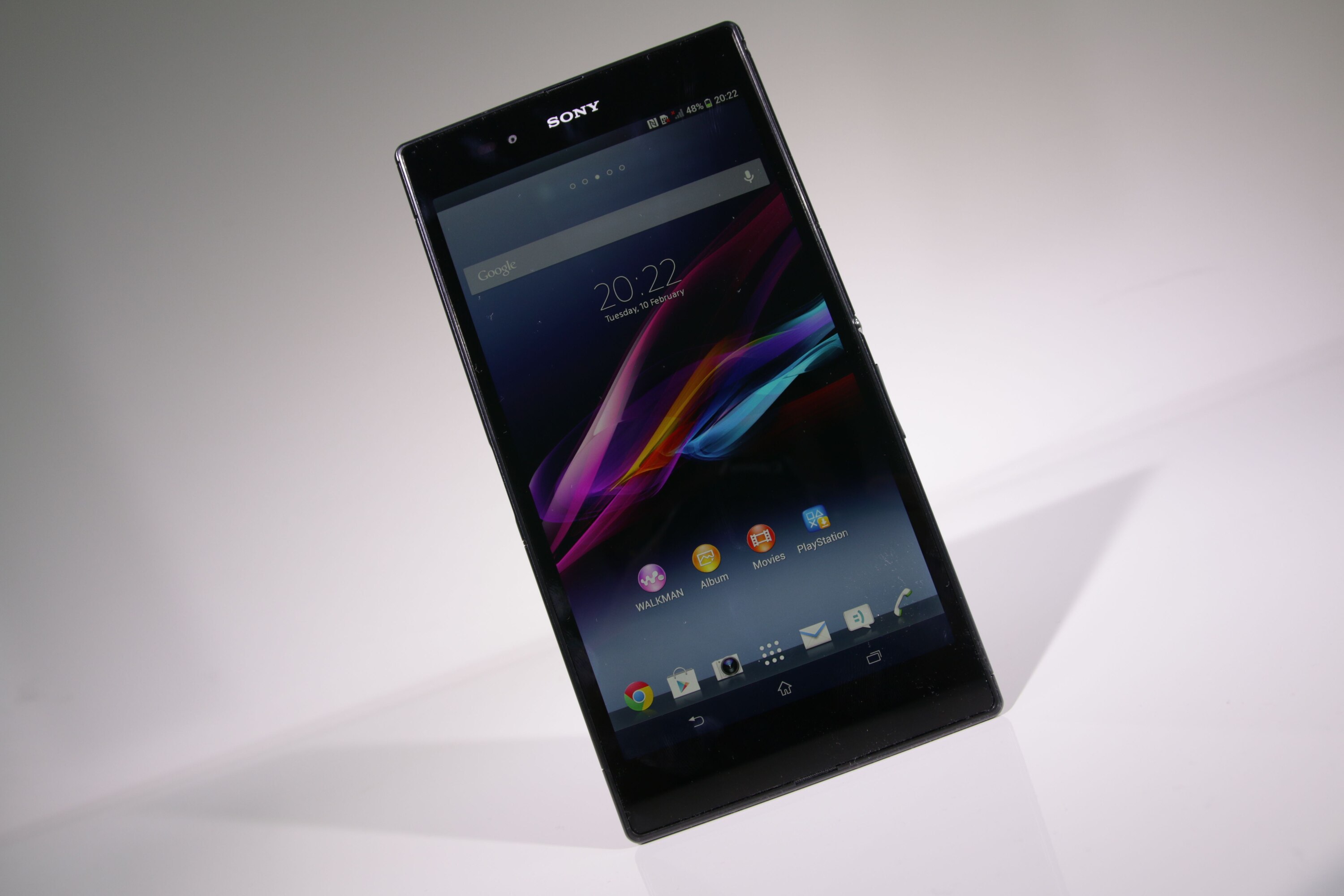Introduction
In today's fast-paced digital world, staying connected is more important than ever. Whether you're a student, a professional, or simply someone who enjoys browsing the web, having access to a reliable internet connection on the go is a necessity. This is where hotspots come into play.
Hotspots provide a convenient way to access the internet from virtually anywhere, utilizing cellular data networks to create a Wi-Fi connection. Whether it's your smartphone, a dedicated hotspot device, or even a modern vehicle with built-in Wi-Fi, hotspots offer flexibility and convenience.
However, making the most of your hotspot usage involves more than just turning it on and connecting your devices. To truly maximize the benefits of this technology, it's essential to understand how hotspots work, learn effective usage tips, manage data consumption, and troubleshoot connectivity issues.
This comprehensive guide is designed to help users of all levels harness the full potential of their hotspots. From optimizing settings and managing data usage to troubleshooting common connectivity issues, this guide aims to empower users to make the most out of their hotspot experience. So, whether you're a digital nomad, a remote worker, or simply someone who values seamless connectivity, this guide is here to enhance your hotspot usage experience.
Understanding Hotspot Usage
Hotspots, in the realm of modern connectivity, serve as portable gateways to the internet, allowing users to establish a Wi-Fi network using cellular data. These nifty devices or features integrated into smartphones and vehicles have become indispensable for staying connected on the go.
How Hotspots Work
Hotspots leverage cellular data networks, such as 4G or 5G, to create a localized Wi-Fi network accessible to nearby devices. When activated, a hotspot emits a Wi-Fi signal that enables smartphones, laptops, tablets, and other Wi-Fi-enabled devices to connect and access the internet. This process essentially extends the reach of the cellular network, providing internet access beyond the confines of traditional Wi-Fi networks.
Types of Hotspots
There are various types of hotspots, each catering to different user needs. Mobile hotspots are often built into smartphones, allowing users to share their cellular data connection with other devices. Dedicated hotspot devices, on the other hand, are standalone gadgets designed specifically for creating Wi-Fi networks using cellular data. Additionally, some vehicles are equipped with built-in hotspots, providing passengers with internet connectivity while on the move.
Considerations for Hotspot Usage
When using a hotspot, it's important to consider factors that can impact performance and data usage. Signal strength, for instance, plays a critical role in the stability and speed of the connection. Additionally, understanding the data plan associated with the hotspot is essential, as excessive usage can lead to additional charges or reduced speeds once the data cap is reached.
Benefits of Hotspot Usage
The versatility and convenience of hotspots make them invaluable for a wide range of scenarios. Whether it's staying productive while traveling, facilitating remote work, or simply enjoying entertainment on the go, hotspots empower users to maintain seamless connectivity regardless of their location.
Understanding the fundamentals of hotspot usage sets the stage for harnessing its full potential. With a grasp of how hotspots function and their various applications, users can confidently explore the tips and strategies for optimizing hotspot usage, which will be covered in the subsequent section.
Tips for Maximizing Hotspot Usage
-
Optimize Device Placement: Position the hotspot device or smartphone in an open area to ensure better signal reception. Avoid obstructing it with metallic objects or placing it near electronic devices that may cause interference.
-
Monitor Data Consumption: Keep an eye on data usage to avoid exceeding the allotted limit. Many hotspots offer data tracking features that allow users to monitor their consumption and adjust usage accordingly.
-
Update Hotspot Firmware: Regularly check for firmware updates for dedicated hotspot devices to ensure optimal performance and security. Keeping the device firmware up to date can improve stability and address potential vulnerabilities.
-
Enable Password Protection: Secure your hotspot network with a strong password to prevent unauthorized access. This simple yet crucial step helps safeguard your connection and data from potential security threats.
-
Limit Background Data Usage: Configure connected devices to minimize background data usage. Disabling automatic app updates and cloud syncing when connected to the hotspot can help conserve data for essential tasks.
-
Utilize Data-Saving Features: Many smartphones and hotspot devices offer data-saving features that optimize data usage without compromising user experience. Explore and enable these features to make the most of your data allocation.
-
Explore Network Settings: Familiarize yourself with the network settings of your hotspot device or smartphone. Adjusting settings such as band selection and network mode can potentially enhance signal strength and connection stability.
-
Invest in an External Antenna: For dedicated hotspot devices, consider investing in an external antenna to improve signal reception, especially in areas with weak cellular coverage. This can significantly enhance the overall performance of the hotspot.
-
Regularly Reboot the Hotspot: Periodically rebooting the hotspot device can help resolve minor connectivity issues and refresh the network connection, ensuring smoother operation over time.
-
Use Data Management Apps: Explore the availability of data management apps that offer insights into data usage patterns and provide tools for optimizing data consumption. These apps can be valuable for maintaining control over data usage.
By implementing these tips, users can elevate their hotspot usage experience, ensuring efficient data utilization, enhanced security, and improved connectivity. These strategies empower users to make the most of their hotspots, whether for work, leisure, or staying connected while on the move.
Managing Hotspot Data Usage
Effectively managing hotspot data usage is crucial for maximizing the benefits of this connectivity solution while avoiding unnecessary expenses or speed reductions due to exceeding data limits. By implementing proactive data management strategies, users can maintain control over their data consumption and ensure a seamless hotspot experience.
Data Monitoring and Usage Tracking
Many hotspot devices and smartphones offer built-in tools for monitoring data usage. Users can regularly check their data consumption through these features, gaining insights into how their data allocation is being utilized. By staying informed about data usage patterns, users can make informed decisions about their online activities and adjust their usage to align with their data plan.
Utilizing Wi-Fi Networks When Available
When in proximity to trusted Wi-Fi networks, such as those in homes, offices, or public spaces, users should prioritize connecting their devices to these networks instead of relying solely on the hotspot. This approach helps conserve cellular data for situations where Wi-Fi access is unavailable, effectively managing overall data usage.
Data-Saving Features and Settings
Smartphones and hotspot devices often include data-saving features and settings that optimize data usage without compromising user experience. These features may include data compression, background data restrictions, and adaptive streaming settings for multimedia content. By enabling these features, users can intelligently manage their data consumption without sacrificing the quality of their online activities.
Setting Data Usage Limits and Alerts
To proactively manage data usage, users can set data usage limits and receive alerts when approaching or exceeding predefined thresholds. This proactive approach empowers users to stay within their data allocation, avoid unexpected overage charges, and make informed decisions about their online activities based on their remaining data allowance.
Prioritizing Essential Tasks
When using a hotspot with limited data, it's important to prioritize essential tasks to make the most of the available data. Whether it's completing work-related activities, attending virtual meetings, or accessing critical information, users should allocate their data usage to prioritize tasks that are crucial at a given time.
Data Management Apps and Tools
Exploring the availability of data management apps and tools can provide additional support in managing hotspot data usage. These apps often offer detailed insights into data consumption, provide suggestions for optimizing data usage, and may include features for restricting data access to specific apps or services.
By adopting these data management practices, users can effectively control their hotspot data usage, ensuring that their connectivity needs are met without exceeding data limits or compromising their online activities. This proactive approach to data management aligns with the goal of maximizing the benefits of hotspot usage while maintaining control over data consumption.
Troubleshooting Hotspot Connectivity Issues
Maintaining a reliable and stable connection is essential for making the most of a hotspot. However, users may encounter connectivity issues that disrupt their online experience. By understanding common hotspot connectivity issues and implementing troubleshooting strategies, users can swiftly address these challenges and restore seamless connectivity.
Common Hotspot Connectivity Issues
1. Weak Signal Strength
Weak signal strength can lead to intermittent or slow connectivity, impacting the overall performance of the hotspot. This issue often arises in areas with limited cellular coverage or when the hotspot device is positioned in a location with poor signal reception.
2. Interference and Network Congestion
Interference from other electronic devices or network congestion in densely populated areas can degrade the quality of the hotspot connection, resulting in slow speeds and inconsistent performance.
3. Device Compatibility and Settings
Incompatibility between the hotspot device and connected devices, as well as incorrect network settings, can hinder the establishment of a stable connection, leading to connectivity issues and limited functionality.
Troubleshooting Strategies
1. Signal Optimization
- Reposition the hotspot device to a location with better signal reception, such as near a window or in an open area.
- Consider using an external antenna to enhance signal strength, especially in areas with poor cellular coverage.
2. Network Selection and Settings Adjustment
- Explore the network settings of the hotspot device and adjust the network mode or band selection to potentially improve connectivity in challenging environments.
3. Device Reboot and Firmware Updates
- Periodically reboot the hotspot device to refresh the network connection and address minor connectivity issues.
- Ensure that the hotspot device's firmware is up to date by checking for and installing available updates.
4. Interference Mitigation
- Identify and mitigate potential sources of interference, such as electronic devices or physical obstructions, to improve the overall signal quality.
5. Data Limitations and Usage Monitoring
- Monitor data usage to ensure that connectivity issues are not related to reaching data limits or throttling due to excessive usage.
6. Professional Support and Network Assistance
- If persistent connectivity issues persist, reaching out to the hotspot service provider or technical support for further assistance and troubleshooting guidance can be beneficial.
By employing these troubleshooting strategies, users can effectively address common hotspot connectivity issues and restore a reliable and stable connection. Proactive signal optimization, network adjustments, and diligent monitoring of data usage contribute to a seamless hotspot experience, enabling users to stay connected with confidence.
Conclusion
In conclusion, hotspots serve as versatile gateways to seamless internet connectivity, empowering users to stay connected on the go, whether for work, entertainment, or staying productive while traveling. Understanding the intricacies of hotspot usage, from optimizing settings to managing data consumption and troubleshooting connectivity issues, is essential for maximizing the benefits of this technology.
By grasping the fundamentals of hotspot functionality and the diverse applications of hotspots in various scenarios, users can harness the full potential of this connectivity solution. The tips provided for maximizing hotspot usage offer practical strategies for optimizing data utilization, enhancing security, and ensuring consistent connectivity. From optimizing device placement to exploring network settings and investing in external antennas, these tips equip users with the knowledge needed to elevate their hotspot experience.
Effective data management is pivotal in ensuring a seamless and cost-effective hotspot usage experience. By monitoring data consumption, leveraging Wi-Fi networks when available, and utilizing data-saving features, users can intelligently manage their data usage without compromising their online activities. Setting data usage limits, prioritizing essential tasks, and exploring data management apps further contribute to proactive data management, aligning with the goal of optimizing hotspot usage.
Furthermore, the ability to troubleshoot common hotspot connectivity issues empowers users to swiftly address challenges and restore reliable connectivity. From signal optimization to network adjustments and interference mitigation, the troubleshooting strategies outlined in this guide enable users to overcome connectivity hurdles with confidence.
In essence, this user-friendly guide aims to equip individuals with the knowledge and strategies needed to maximize their hotspot usage. Whether it's a professional leveraging a hotspot for remote work, a student staying connected while on the move, or a traveler seeking seamless internet access, the insights provided in this guide are designed to enhance the overall hotspot experience.
By embracing these tips, implementing proactive data management practices, and being equipped to troubleshoot connectivity issues, users can confidently make the most of their hotspots, ensuring consistent connectivity and efficient data utilization. Ultimately, maximizing optimum hotspot usage involves a blend of informed decision-making, proactive management, and the ability to address connectivity challenges, all of which contribute to a seamless and reliable hotspot experience.

























